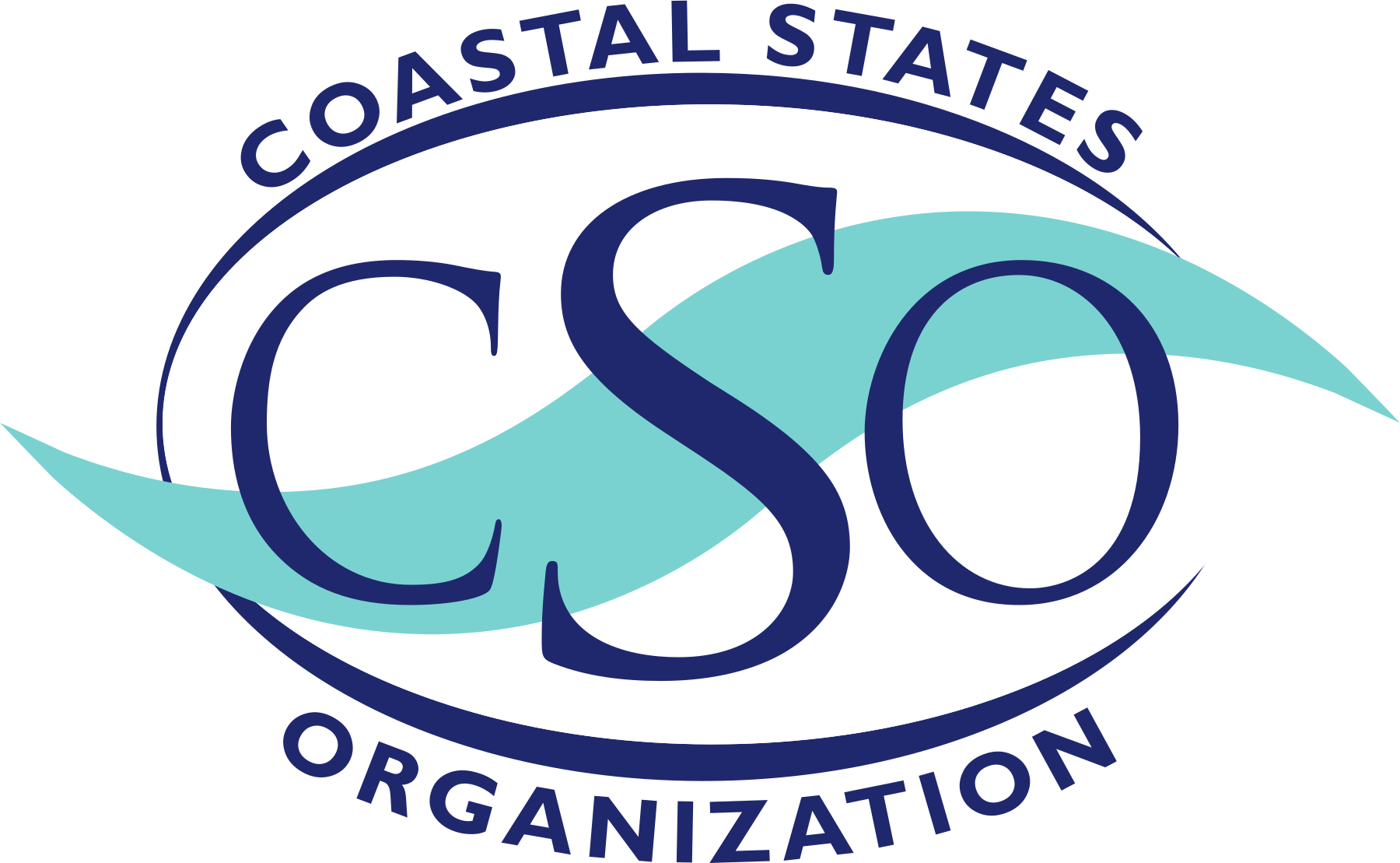Sediment Placement Regulations of U.S. Coastal States and Territories: Towards Regional Sediment Management Implementation
Sediment placement regulations, and related state and federal policies, are frequently cited as a significant limitation to implementing Regional Sediment Management (RSM). Meanwhile, confined disposal areas for the placement of dredged coastal sediment are at or near maximum capacity. At the same time, the demand for finite sediment resources is increasing to respond to climate change and restore eroding shorelines. Congress has responded to the need for improved sediment management with several important authorizations, including the Water Resources Development Act (WRDA) of 2020, Section 125, which establishes a national policy to maximize the beneficial use of dredged material (BUDM) obtained from U.S. Army Corps of Engineers (USACE) projects. USACE has also recently set a goal to increase BUDM to 70% by 2030.
Coastal stakeholders have expressed a strong desire to collaborate with federal agencies and devote additional resources to coordinate short- and long-term sediment management.
Sediment Placement Regulations of U.S. Coastal States and Territories: Towards Regional Sediment Management Implementation, developed by the American Shore & Beach Preservation Association (ASBPA) and Coastal States Organization (CSO) with support from the U.S. Army Corps of Engineers (USACE) Institute for Water Resources (IWR), provides a comparative analysis of federal- and state-level regulations on placing sediment in the coastal zone, with best practices, success stories and recommendations.
The report synthesizes national and regional policy summaries, setting out the regulatory, funding, and procedural lay of the land for BUDM projects based on input from nearly 50 subject matter expert interviews and 7 regional workshops held across 2022, bringing together 250+ state and federal coastal managers and regulators and 25 presentations on BUDM success stories.
The report includes:
- 35 Coastal State and Territory Profiles compiling regulatory information for BUDM and sediment placement
- 14 Case Studies highlighting successful approaches that States, Territories, and federal partners have taken to increase BUDM.
- 60 Recommendations to State, Territory, and federal policymakers, regulators, and managers in the areas of:
- Policy and regulation,
- Interagency collaboration,
- Funding,
- Project development, and
- Research needs.
This report is designed to inform coastal managers on best practices to better manage coastal sediment in their jurisdictions, increase BUDM, and catalyze systemic changes that promote comprehensive regional sediment management.



